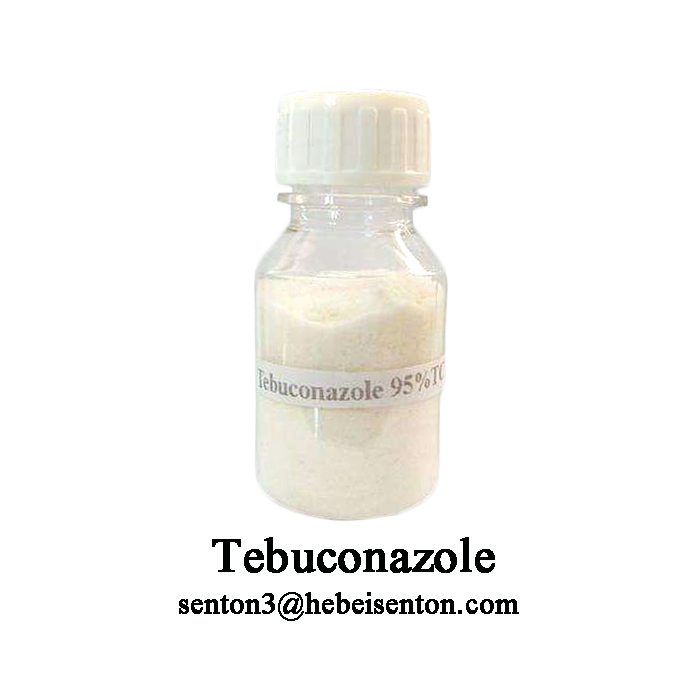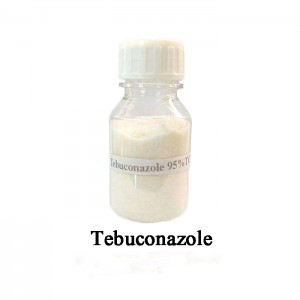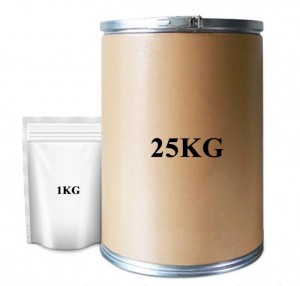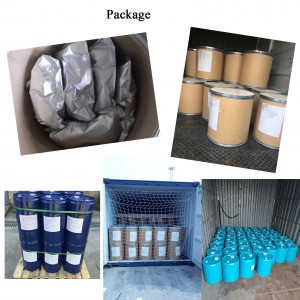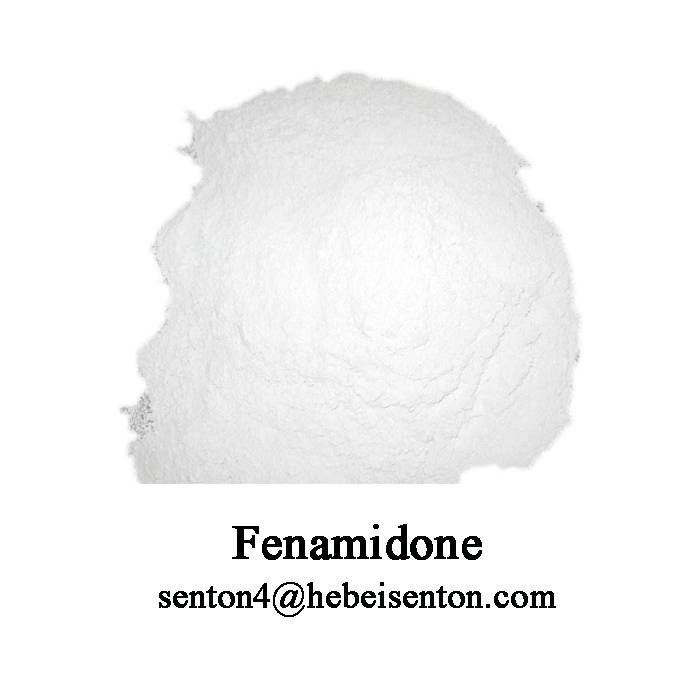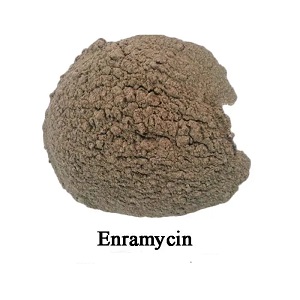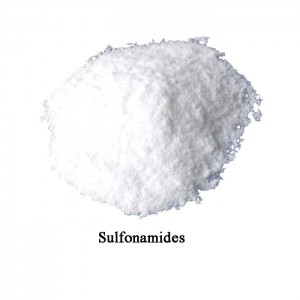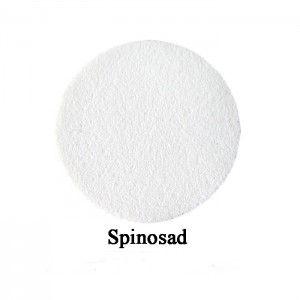High Quality Fungicide Tebuconazole 95%TC in Stock
Tebuconazole is a Fungicide used agriculturally to treat plant pathogenic fungi. It is a kind of high efficiency, broad bactericidalspectrum and systemic triazole Pesticide, which has three big functions, protection, treatment, and root out . It is a high-effect fungicide and can effectively prevent and control the various kinds of rust, powdery mildew, net spot disease, root rot disease, gibberella disease, smut disease and early rice grain blight.
Usage
1. Tebuconazole is used to prevent apple spot and leaf fall, brown spot, and powdery mildew. Various fungal diseases such as ring rot, pear scab, and grape white rot are the preferred fungicides for producing high-quality and high-end exported fruits.
2. This product not only has good control effects on rapeseed sclerotinia disease, rice disease, cotton seedling disease, but also has characteristics such as lodging resistance and obvious yield increase. It can also be widely used in wheat, vegetables, and some economic crops (such as peanuts, grapes, cotton, bananas, tea, etc.).
3. It can prevent and control diseases caused by powdery mildew, stem rust, beak spore, nuclear cavity fungus, and shell needle fungus, such as wheat powdery mildew, wheat smut, wheat sheath blight, wheat snow rot, wheat take-all disease, wheat smut, apple spot leaf disease, pear smut, and grape gray mold.
Using Methods
1. Wheat loose smut: Before sowing wheat, mix every 100 kilograms of seeds with 100-150 grams of 2% dry or wet mixture, or 30-45 milliliters of 6% suspension agent. Mix thoroughly and evenly before sowing.
2. Corn head smut: Before sowing corn, mix every 100 kilograms of seeds with a 2% dry or wet mixture of 400-600 grams. Mix thoroughly before sowing.
3. For the prevention and control of rice sheath blight, 43% tebuconazole suspension agent of 10-15ml/mu was used at the rice seedling stage, and 30-45L water was added for manual spray.
4. The prevention and treatment of pear scab involves spraying 43% tebuconazole suspension at a concentration of 3000-5000 times in the early stages of the disease, once every 15 days, for a total of 4-7 times.
